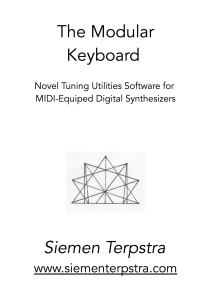 Back in the middle 1980’s I had an idea for converting a standard keyboard into a keyboard capable of applying 53-equal temperament. It was developed for the Apple 2E computer synthesizer called the Soundchaser. It uses software to change subsets of the wider field of possibilities. This file also includes a printout of the computer program. The project was funded by a Canada Counsel Arts Grant.
Back in the middle 1980’s I had an idea for converting a standard keyboard into a keyboard capable of applying 53-equal temperament. It was developed for the Apple 2E computer synthesizer called the Soundchaser. It uses software to change subsets of the wider field of possibilities. This file also includes a printout of the computer program. The project was funded by a Canada Counsel Arts Grant.
Click on the link to see the article in your browser or right-click to save the file to your drive.
http://siementerpstra.com/writings/Terpstra-ModularKeyboard.pdf
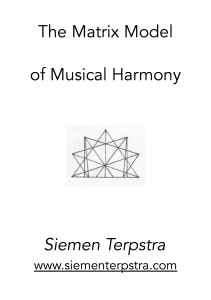

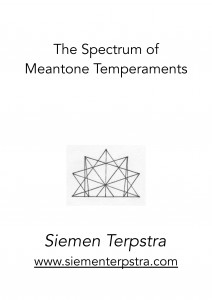
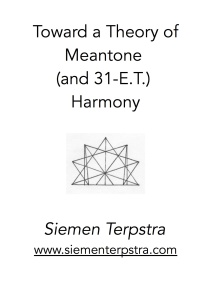 The author develops a syntax for meantone harmony based on the structural characteristics of the temperament. These features include a description of the Regions with their boundary functions, and also the three genera. An abstract topology of triad progression is introduced, as well as an introduction to the organization of functional tables for 31-ET.
The author develops a syntax for meantone harmony based on the structural characteristics of the temperament. These features include a description of the Regions with their boundary functions, and also the three genera. An abstract topology of triad progression is introduced, as well as an introduction to the organization of functional tables for 31-ET.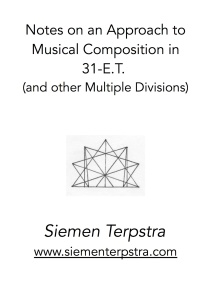 The purpose of this article is to examine certain aspects of theory which concert practical musical composition in 31-E.T. (or extended meantone). The principles which are put forth may also be used to advantage with other equal divisions, including 12-E.T., 19-E.T., and so on. This article was meant to compliment the other articles which I have written on meantone theory. Those articles are:
The purpose of this article is to examine certain aspects of theory which concert practical musical composition in 31-E.T. (or extended meantone). The principles which are put forth may also be used to advantage with other equal divisions, including 12-E.T., 19-E.T., and so on. This article was meant to compliment the other articles which I have written on meantone theory. Those articles are: 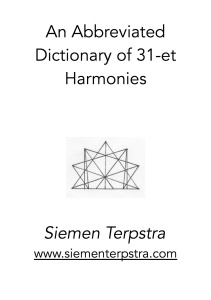 This collection of harmonies is an expansion of the set presented in my paper
This collection of harmonies is an expansion of the set presented in my paper 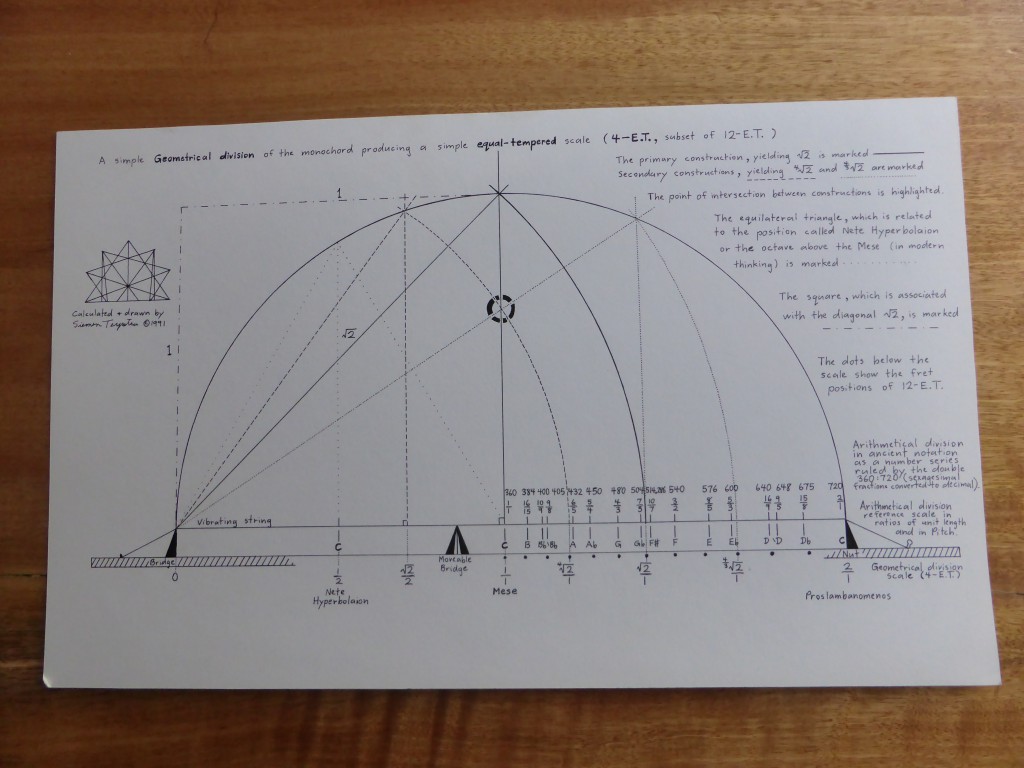
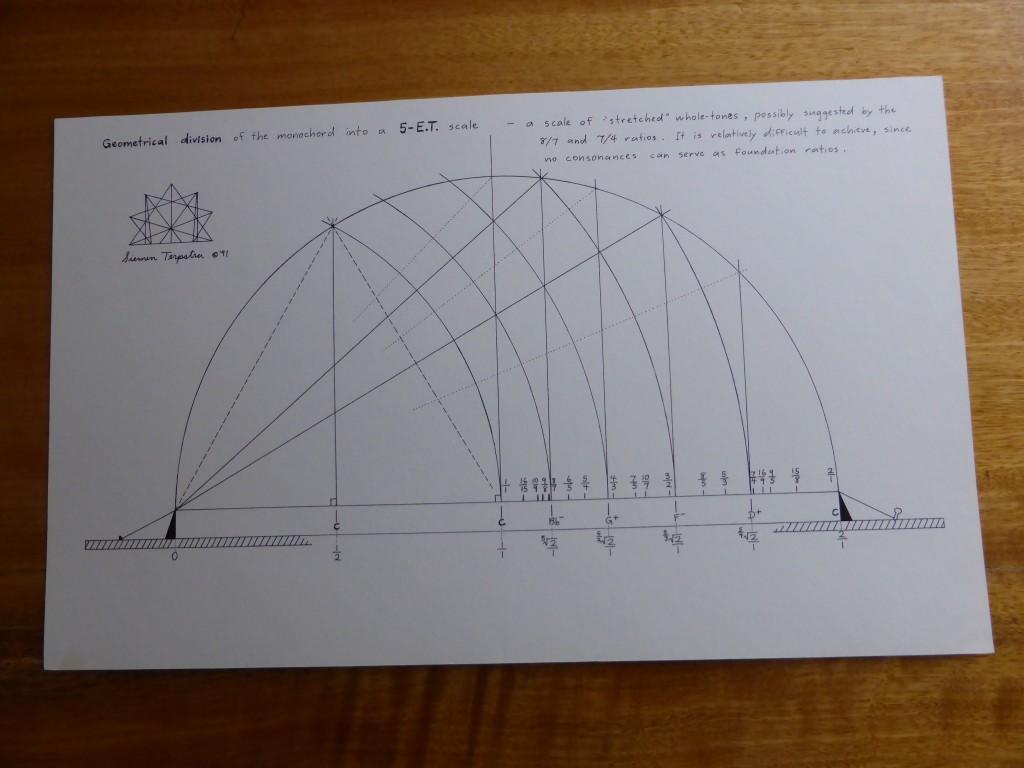
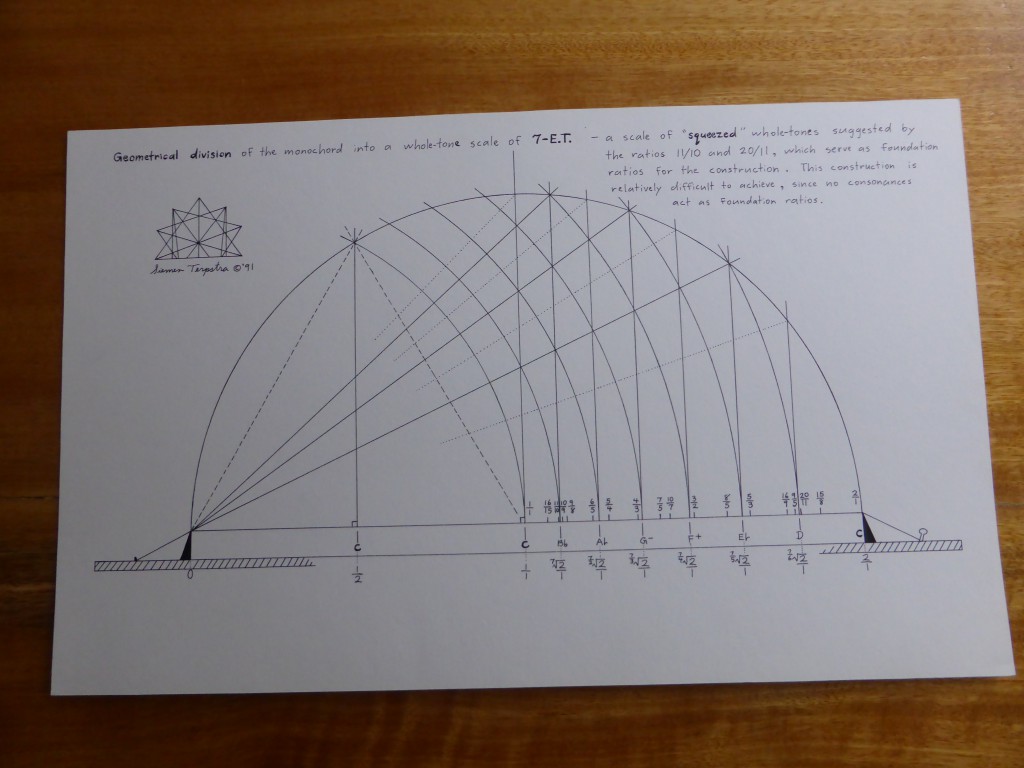
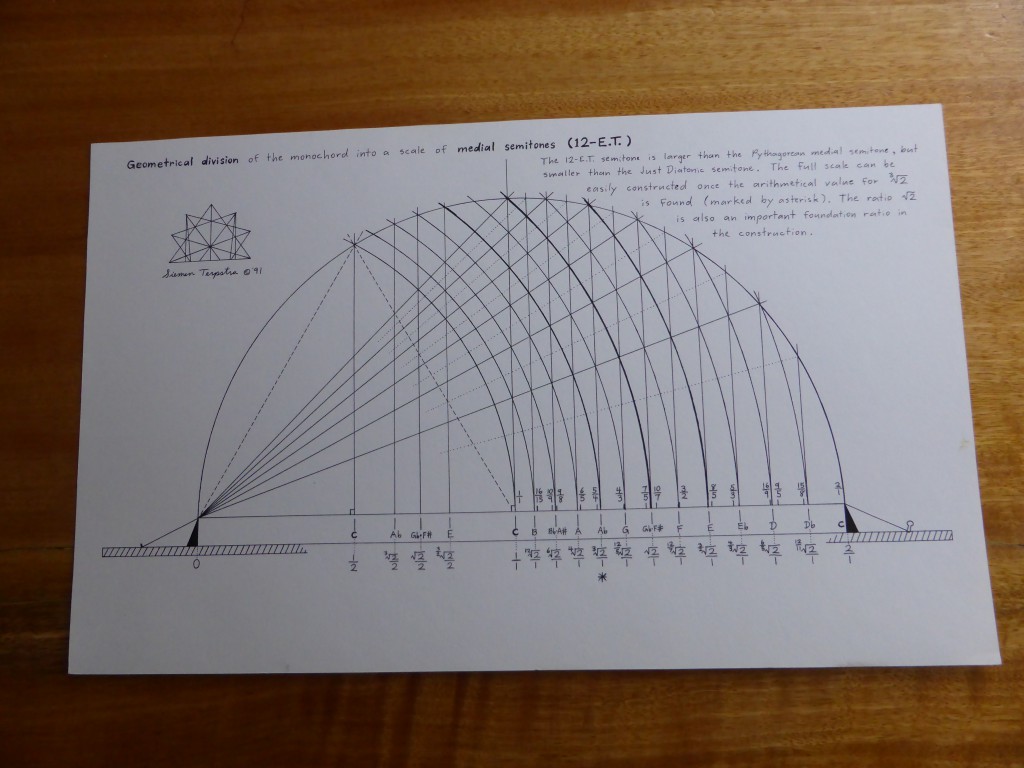
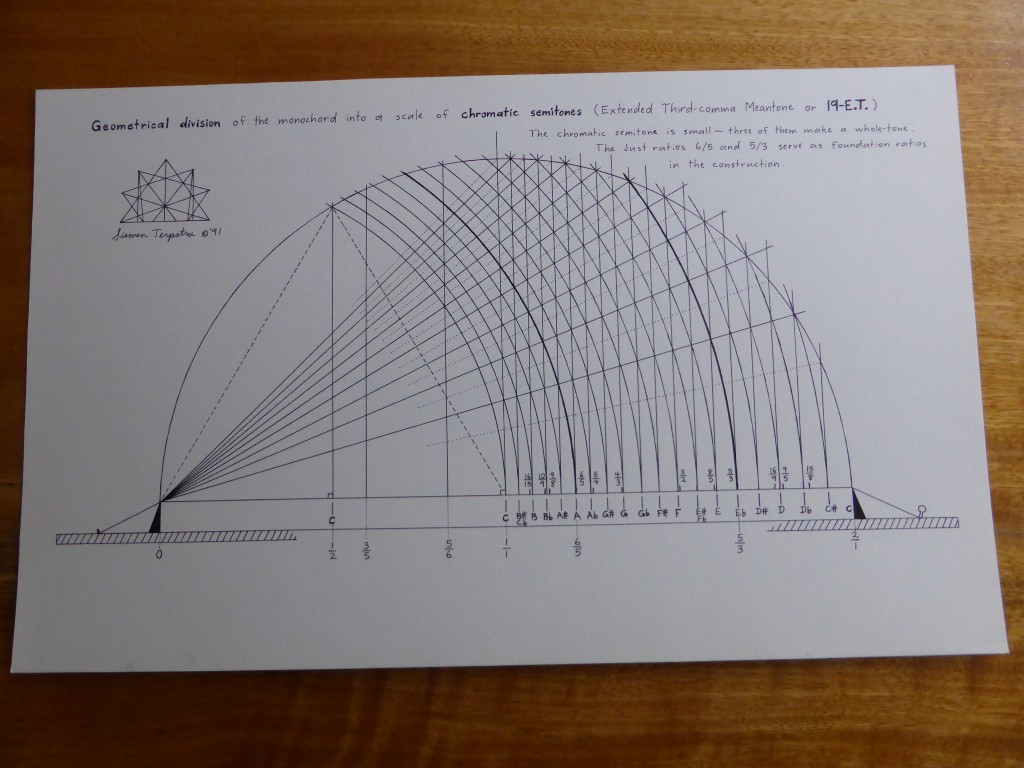
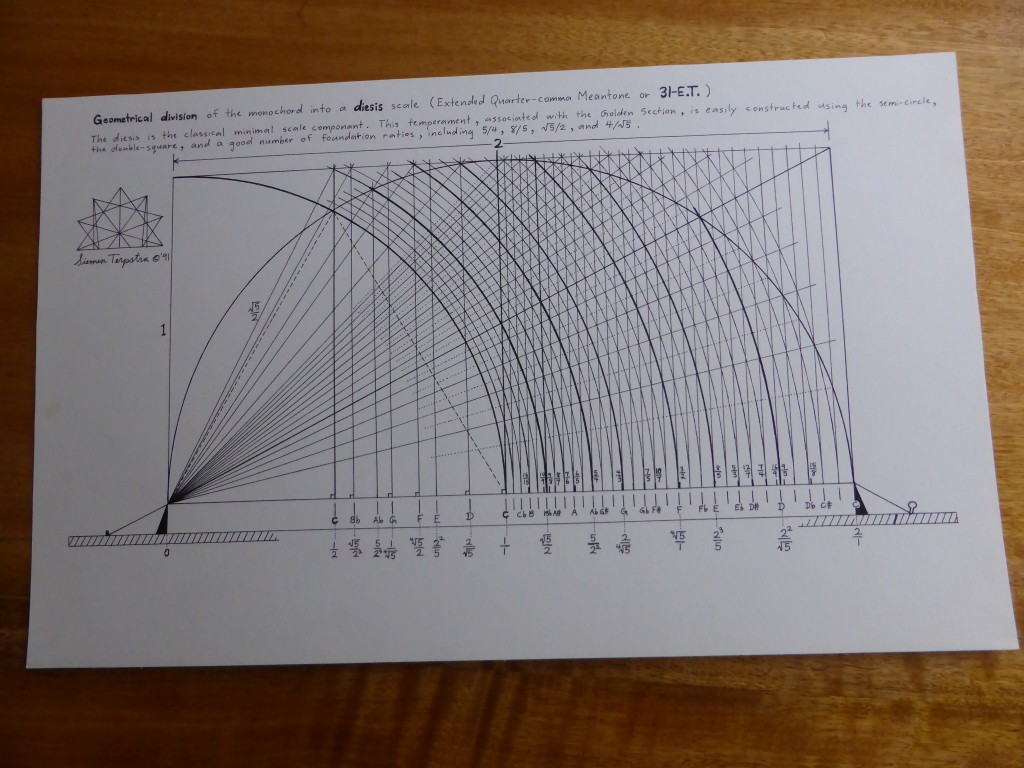
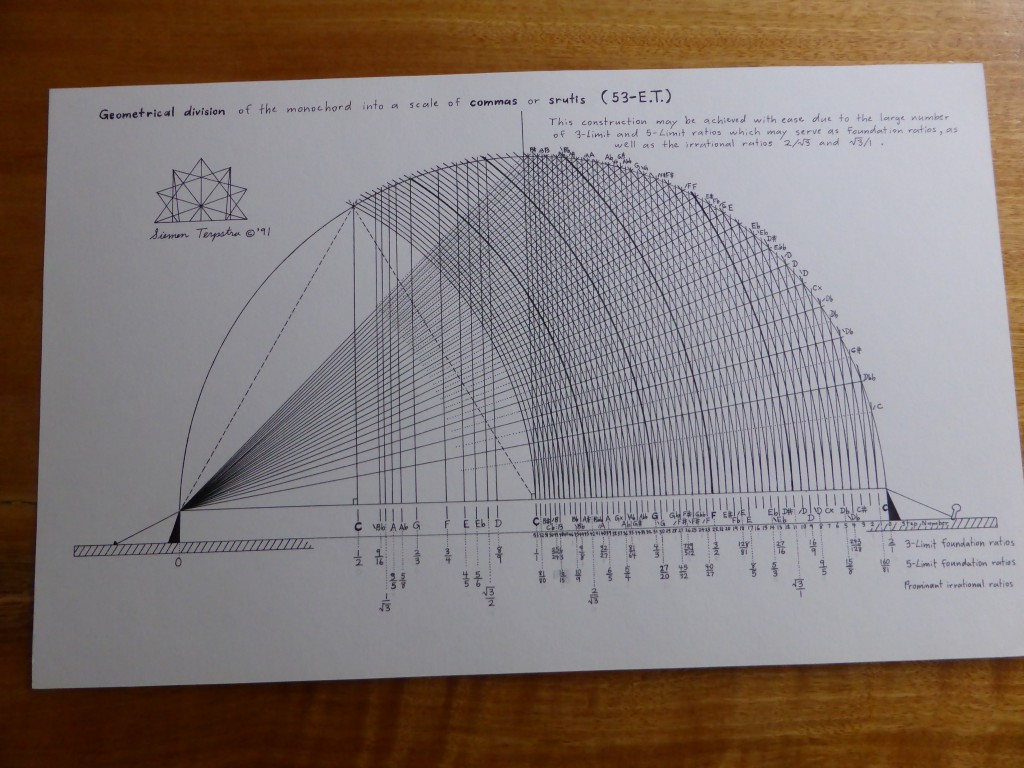
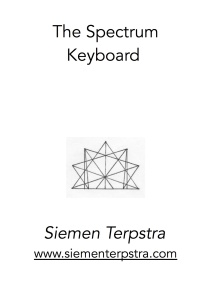 The Spectrum Keyboard is a redesigned music keyboard intended for digital synthesizers, samplers, and other electronic media applications. It is planned as a ‘musical typewriter’, making the playing of chords and scales much easier than the old black-and-white keyboard. This is the first version (1988) of the keyboard built in New York in 1991 called the Terpstra-keyboard.
The Spectrum Keyboard is a redesigned music keyboard intended for digital synthesizers, samplers, and other electronic media applications. It is planned as a ‘musical typewriter’, making the playing of chords and scales much easier than the old black-and-white keyboard. This is the first version (1988) of the keyboard built in New York in 1991 called the Terpstra-keyboard.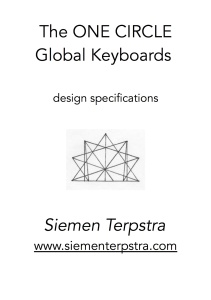 The GLOBAL KEYBOARDS refer to a complimentary pair of generalized musical typewriters for computer-based electronic media. Since the design was formulated in 1986 it has been given several names: the Spectrum Keyboards (after a discarded color scheme), the One-Circle Global Keyboards (after an essential parameter of the design), or just my generalized keyboards. The complimentary relation between the two keyboards has also led me to call them male and female.
The GLOBAL KEYBOARDS refer to a complimentary pair of generalized musical typewriters for computer-based electronic media. Since the design was formulated in 1986 it has been given several names: the Spectrum Keyboards (after a discarded color scheme), the One-Circle Global Keyboards (after an essential parameter of the design), or just my generalized keyboards. The complimentary relation between the two keyboards has also led me to call them male and female.